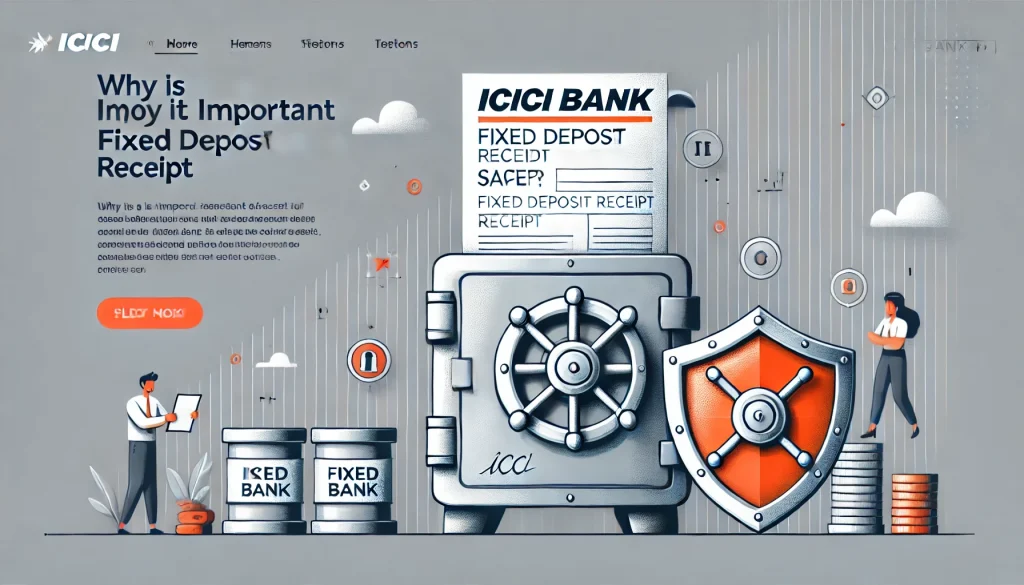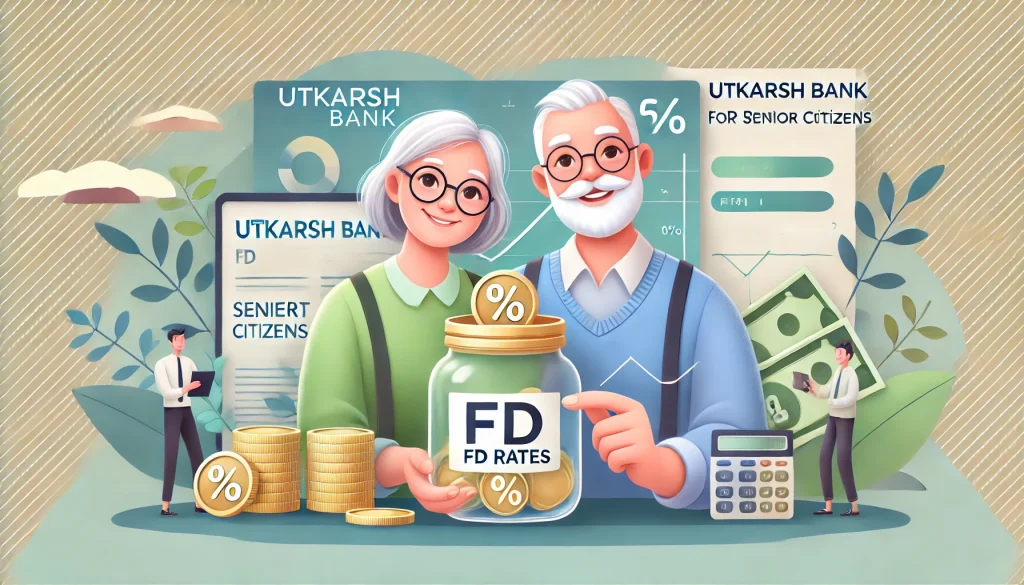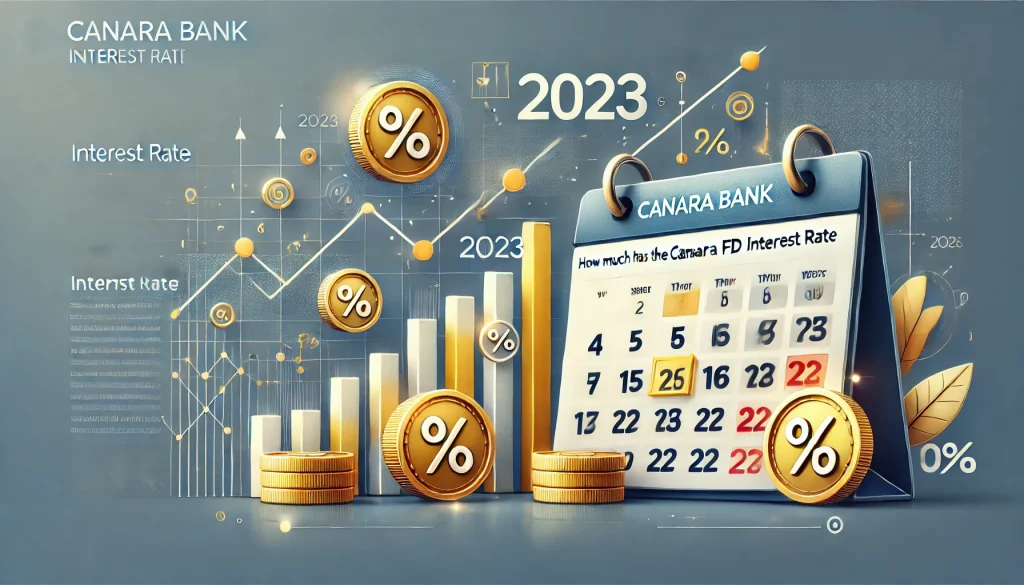
Financial emergencies can appear at any time in your life. Whether you have savings or not, it is difficult during a financial crisis to analyse what is a good option to come out of such a situation. However, if you have investments in FDs with different banks and financial institutions, you can avail the facility of taking a loan against your fixed deposit and mitigate your present financial crisis without liquidating your entire savings. Let’s discuss in detail regarding the facility of SBI loan against FD (State Bank of India) in terms of the interest rates, how to apply, repayment features and benefits.
What is a Loan Against SBI FD?
State Bank of India is considered one of India’s largest and well-known public sector banks, offering several services and products to different customers. One of the major products of SBI is offering loans, which include loans against fixed deposits.
Loan on FD SBI allows you to take a loan against the money you have invested in your fixed deposit account. Instead of prematurely withdrawing your entire investment and losing your returns, taking up a loan against it is always feasible.
This service is advantageous for people looking to take loans at low-interest rates. Moreover, SBI offers you the ability to withdraw up to 95% of the deposit amount as a loan to serve your purpose.
Features and Benefits of SBI Loan on FD
Before applying for a loan against fixed deposit SBI, it is important to know its features and benefits clearly. Let us check the pointers below.
- Interest rates on loans against FD SBI are low compared to other types of loans. The bank charges interest on a daily reducing balance method.
- The bank charges no prepayment penalties.
- You can choose between an overdraft facility and a demand loan on your fixed deposit account, as per your financial needs.
- The processing charge to avail of such loans is free.
- ₹5,000 is the minimum amount you can take loan from your FD.
- ₹5 crores is the maximum amount you will be eligible to apply for a loan against your fixed deposit account of SBI.
- The interest rate applicable on your SBI loan on a fixed deposit is 1% above the interest rate applicable on your term deposit scheme.
- You can apply for this loan using an online method or visit the bank branch to proceed offline.
- You will continue to earn interest on the existing fixed deposit amount used for taking out the loan.
SBI Loan Against FD Interest Rate
Here is a table providing detailed information on loans against fixed deposit SBI interest rates.
| Type of Fixed Deposit | Interest Rate Applicable |
|---|---|
| Loan against regular fixed deposits scheme | 1% above interest rate on FD |
| Loan against NRE fixed deposit scheme | 1% above interest rate on FD |
| Loan against NRO fixed deposit scheme | 1% above interest rate on FD |
| Loan against FCNR (B) deposits scheme | 2.90% above 1 year MCLR mark |
Note: The present MCLR or Marginal Cost of Funds Based Lending Rate is 8.30%.
Eligibility Criteria for Availing Loan Against SBI FD
While applying for a loan against FD SBI, you need to know the applicable eligibility criteria. It is as follows.
- Customers, both single and joint account holders, with SBI TDR/ STDR/ RD deposits, including NRE/NRO/RFC and FCNR(B), are eligible for this loan.
- A single account holder can also get an overdraft against TDR and STDR through the SBI Internet Banking platform.
How Can I Apply for a Loan Against SBI FD?
Check this step-by-step guide to understand how you can apply for a loan against your fixed deposit with the State Bank of India.
- Step 1: Visit the official website of the State Bank of India.
- Step 2: Select the ‘Loans’ tab and click on the ‘Loans against securities’ option.
- Step 3: From all the options shown to you on the screen, navigate to the ‘Loan Against Time Deposit’ option and click on ‘Apply Now’.
- Step 4:Log in to your SBI account using your proper credentials.
- Step 5: Select the ‘Overdraft Against Fixed Deposit’ option and view all the FDs booked with the bank.
- Step 6: Choose the fixed deposit account from the list you want to take the loan against.
- Step 7: Click on ‘Proceed’.
- Step 8: Check the details provided to your bank’s end, such as personal details, overdraft amount, interest rate applicable, tenure and others.
- Step 9: Select the ‘Submit’ tab after checking all details.
- Step 10:A password will be sent to your registered mobile number. Enter the same, and your loan application will be submitted.
After successful verification of all your details, the bank will send you a confirmation of a sanctioned loan on FD. Hence, following these simple steps will help you get a loan against your fixed deposit account instantly and hassle-free.
How to Repay the SBI Loan Against FD?
The repayment time refers to the duration in which you’re required to complete the repayment of your loan, and this applies similarly to SBI loans against FDs. State Bank of India determines the repayment schedule based on a thorough evaluation of your financial situation, aiming to ease the strain on your monthly budget. Moreover, understanding these repayment choices for loans is essential for effective financial management and planning.
Here are the conditions related to the repayment of the loan on FD SBI.
- The specific repayment schedule will be established based on the borrower’s capacity to repay loans acquired through SBI branches.
- The maximum allowable repayment period is 5 years for loans against STDR/e-STDR and 3 years for loans against TDR/e-TDR when obtained online.
How Much Loans Can I Avail on SBI Fixed Deposit?
When you intend to avail of the loan facility given by the State Bank of India on your fixed deposit account, make sure to remember the following conditions on how much loan you can avail.
- The bank offers you avail loan of up to 95% of the total amount invested in your fixed deposit account.
- The minimum amount you can take as a loan from your FD is ₹5,000.
- The maximum amount you are eligible to apply for a loan against your fixed deposit account of SBI is ₹5 crores.
Conclusion
Overall, a loan against FD SBI opens up a significant horizon for you to meet your financial needs without hampering your savings. For immediate financial support, applying for such loans will make you eligible for lower interest rates and a fixed period of repayment. Nonetheless, make sure you read all the terms and conditions of eligibility and the process of availing loans against the FD of the State Bank of India to avoid any financial discrepancies later in your investment tenure.
FAQs
State Bank of India charges 1% above the interest rate applicable on fixed deposit accounts for loans taken against FDs.
No. Joint account holders of a fixed deposit account have to visit the bank’s branch to avail loan against the FD facility.
Yes. If you are an individual, you can apply for a loan against your fixed deposit account using an online method.
A minimum amount of ₹5,000 is eligible to apply for FD loans from the State Bank of India.
The maximum allowable repayment period is 5 years for loans against STDR/e-STDR. 3 years is the period for loans against TDR/e-TDR when obtained online.
No. The State Bank of India does not allow an overdraft facility against tax-saving deposit schemes.
You can apply for a maximum amount of ₹5 crores as a loan amount on your SBI fixed deposit scheme.
By visiting your local SBI bank, you can terminate your overdraft account upon maturity or the end of the FD term.
Disclaimer
This article is solely for educational purposes. Stable Money doesn't take any responsibility for the information or claims made in the blog.


